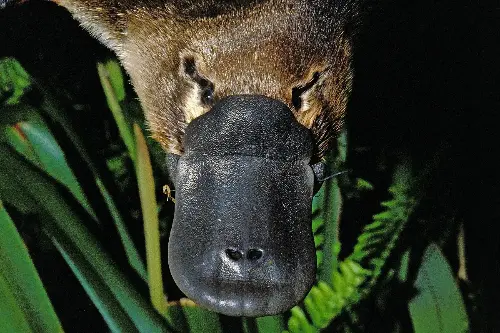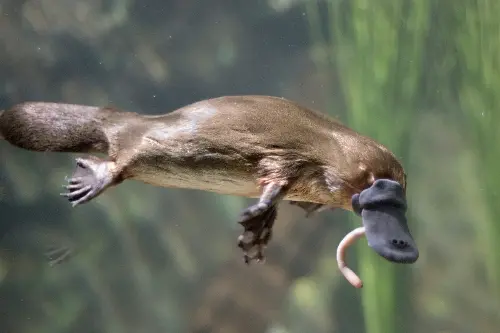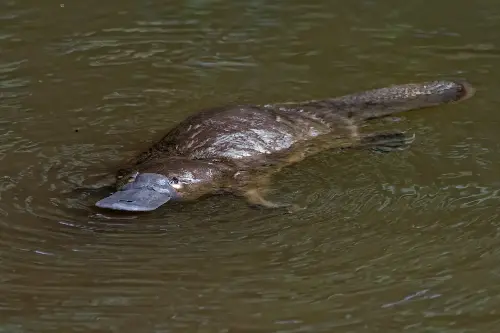When it comes to nature's peculiar creations, few creatures intrigue and bewilder as much as the platypus. This enigmatic mammal, unique to eastern Australia and Tasmania, has captured the curious hearts of scientists and wildlife enthusiasts alike. With the body of an otter, the beak of a duck, and venomous spurs like a reptile, the platypus stands out as a true marvel of evolution.

The platypus was discovered by Europeans in the late 18th century, and its odd appearance initially led to suspicions that it was a hoax. British scientists, upon first examining the creature's pelt, were convinced it was a cunning forgery—an amalgamation of multiple animals sewn together. However, further study confirmed its authenticity, and the platypus was hailed as one of the world's most extraordinary beings.
One of the most intriguing aspects of the platypus is its classification within the animal kingdom. The platypus is a monotreme, one of only five extant species of egg-laying mammals. The other four monotreme species are echidnas, which also live in Australia and New Guinea. Unlike placental mammals, which give birth to live young, monotremes lay eggs, a primitive trait that traces back to their reptilian ancestors.
After about ten days of incubation, platypus eggs hatch into tiny, underdeveloped infants. These infants rely heavily on maternal care to survive. The mother secretes milk through specialised mammary gland ducts, which then pools on her skin. The young lap it up directly, as the platypus lacks nipples. This archaic method of feeding is a testament to the evolutionary bridge that the platypus represents between reptiles and more advanced mammals.

Platypuses are semiaquatic creatures, spending much of their time foraging underwater. Their webbed feet make them excellent swimmers, allowing them to navigate swiftly through rivers and streams. They close their eyes, ears, and nostrils while submerged, relying instead on their uniquely sensitive bills to detect prey. The platypus's bill is equipped with electroreceptors that can sense the electric fields generated by the muscle contractions of small aquatic animals. This remarkable sixth sense enables the platypus to efficiently hunt for food such as insects, larvae, and small crustaceans.
Adding to their esoteric charm is the fact that male platypuses are one of the few venomous mammals. They have spurs on their hind legs capable of delivering venom potent enough to cause severe pain to humans and potentially fatal effects to smaller animals. Interestingly, this venom is produced primarily during the breeding season, suggesting that it may play a role in male competition or in deterring predators.
The platypus's unique attributes extend to its physical evolution as well. Genetic studies have revealed that the platypus genome is an eclectic mix of genes shared with reptiles, birds, and mammals. Its immune system, for instance, possesses genes similar to those found in both birds and reptiles, highlighting its ancient lineage and complex evolutionary history.

Conservation of the platypus is of growing concern, as habitat destruction and climate change threaten its natural environment. Pollution, land clearing, and waterway modification can significantly impact platypus populations. Conservationists advocate for the protection of waterways and surrounding habitats to ensure that this unique creature can continue to thrive.
In recent years, the platypus has also become a symbol of the rich biodiversity found in Australia. Efforts to raise awareness about its ecological significance and to fund research for its protection are crucial for preserving the delicate balance of Australia's ecosystems. Educational campaigns and wildlife programmes aim to engage the public's interest in preserving not just the platypus, but also the myriad other species that share its habitat.
In summary, the platypus stands as a testament to the wondrous and often inexplicable course of natural evolution. It embodies a blend of characteristics that defy conventional categories, serving as a living link to the ancient past while thriving in the modern world. The more we learn about this mesmerising creature, the more it fascinates and perplexes, reminding us that nature's puzzle still holds many pieces waiting to be discovered.
